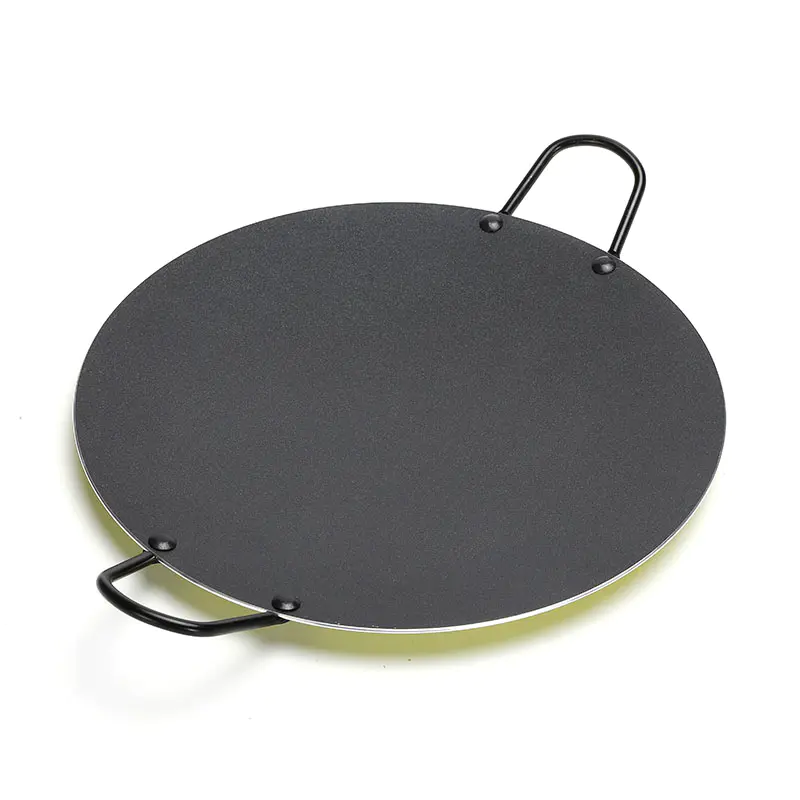Stir-frying and frying are both commonly used cooking methods in the kitchen. As the name suggests, a wok is for stir-frying; a skillet cookware is for frying. Chinese food is heavy in oil, so a wok conducts heat quickly and is suitable for stir-frying; Western food is light in oil, so a skillet cookware is heated more evenly and is suitable for frying.
Characteristics of a round-bottomed wok vs. characteristics of a flat-bottomed skillet cookwares
Woks conduct heat quickly and receive concentrated heat, making them suitable for stir-frying. Our Chinese families basically use woks, so that the dishes they stir-fry have "wok flavor". Woks are suitable for stir-frying meat and vegetables over high heat, and can conduct heat and keep warm for a long time.
A skillet cookware is heated more evenly and has a large heating area, making it suitable for frying. Although a skillet cookware can also be used for stir-frying, it is more suitable for cooking methods such as frying and deep-frying that do not require too much stir-frying.
So is it necessary to buy a skillet cookware? Yes!
A skillet cookware makes up for the shortcomings of a wok to a large extent. For example, when frying eggs, bacon, and steak, a skillet cookware is much simpler to operate, especially for novices.
For friends who prefer light taste and an original healthy diet, it is recommended to use more skillet cookwares. For friends who like to change their cooking methods and have thicker taste, it is recommended to use a wok.
How long does it usually take for a skillet cookware to be discarded?
There is no clear service life for skillet cookwares. Here we mainly talk about non-stick pans in skillet cookwares. To be precise, non-stick pans are consumables.
If the coating of a non-stick pan peels off, it cannot be used anymore and the pot needs to be replaced in time. There may be subtle differences between non-stick pans of different brands. Follow the instructions during use.
After the coating is peeled off, there are certain health risks: on the one hand, food is easy to stick to the pan and become burnt, which is not only difficult to clean, but also easy to produce more harmful substances, such as polycyclic aromatic hydrocarbons, which increase the risk of lung cancer and nasopharyngeal cancer.

What should I pay attention to when using a skillet cookware?
When you get a new non-stick pan, first do a deodorization treatment and simply boil water to treat it.
During the cooking process, use a heat-resistant silicone or wooden spatula to avoid sharp spatulas or metal utensils damaging the surface of the non-stick pan.
Avoid dry burning, especially for non-stick pans. Even the Teflon coating of non-stick pans produced by large manufacturers will begin to deteriorate at a high temperature of 260 degrees and begin to melt at 350 degrees.
After use, please cool it down slightly and rinse it with clean water. Do not wash it with cold water immediately. When encountering stubborn stains, you can use hot water and detergent to clean it with a sponge. Do not use rough rags or metal balls to clean it vigorously.



 Español
Español عربى
عربى

